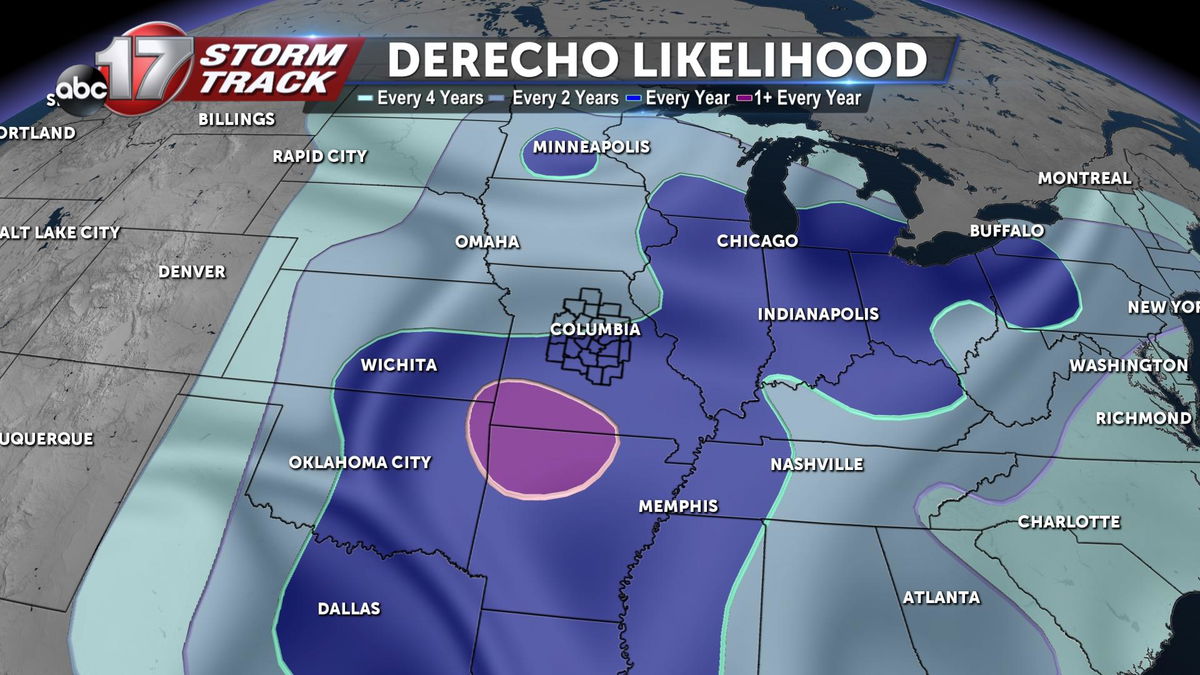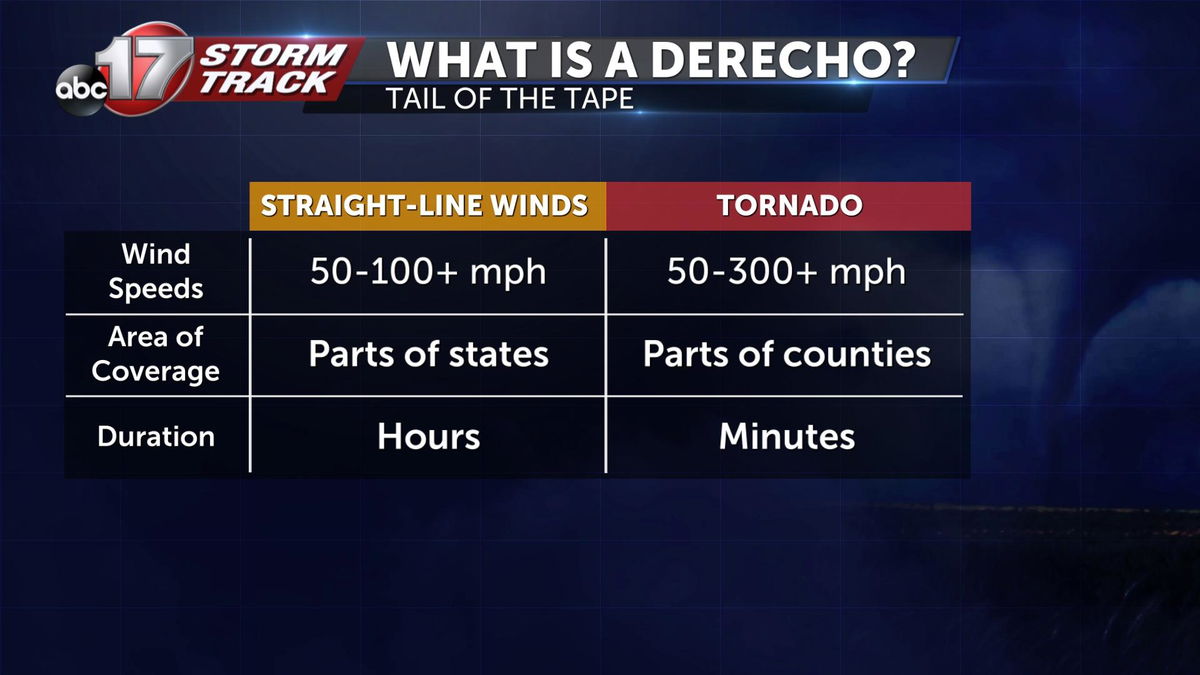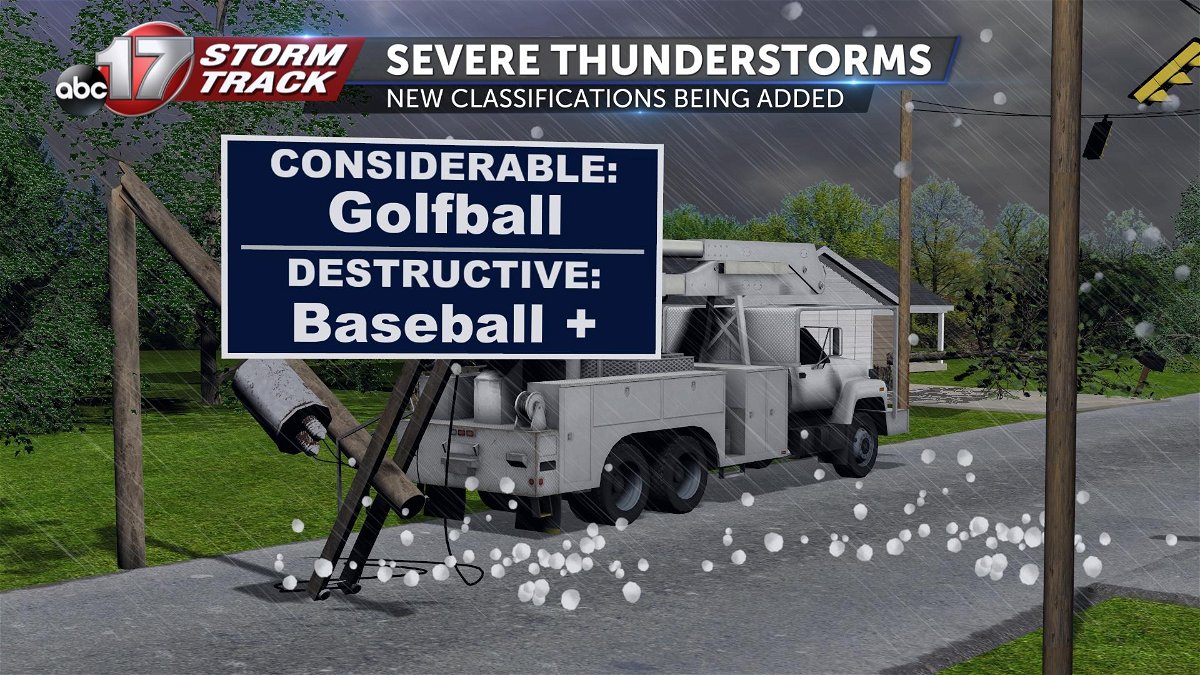Changing the warning process for severe thunderstorms
On August 10, a powerful storm roared through parts of the Upper Midwest. Some of our neighbors to the north recorded wind gusts as highs as 126 mph with some estimates from damage surveyors beyond 140 mph! This particular type of squall line storm is known as a “derecho.”
What was maybe more impressive about that storm wasn’t just the speed of those winds, it was the duration. Wind speeds of over 50-60 mph were recorded for 30-60 minutes in some locations. While those in Nebraska, Iowa, and Illinois continue the recovery process, the National Weather Service is trying to warn more people about something this dangerous the next time around.


In the case of severe thunderstorms, the National Weather Service will start to add on additional “tags” to storms exhibiting certain criteria. When a storm could contain 70 mph winds or golfball size hail, it will have a considerable tag after April 28. When it exhibits 80 mph winds or greater or at least baseball size hail, it’s given a destructive tag. That keeps the base warning criteria set at 58 mph winds or nickel-sized hail, as it has been.



We’re here to keep you out of harm’s way, and one of the easiest ways to do that is to send an alert to your phone. The National Weather Service has recommended that FEMA issue Wireless Emergency Alerts for storms with the destructive tag. Their thinking is that by only warning the highest end storms, like this derecho, you would be more inclined to take what could be life-saving actions.
One criticism of the WEA system has been a sensation of over-warning. It’s an industry-wide problem that research has shown led to complacency. In an effort to curb that, they’re going to only issue those alerts to your phone for the destructive tag, and do the same with flash flood warnings-add additional tags and only alert the highest of them.
What does this mean for you?
- You will still receive Amber Alerts, Tornado Warnings, and other civil emergency alerts like you always have
- You might start receiving some for Severe Thunderstorm Warnings if they possibly contain 80 mph winds or baseball-plus sized hail
- You will receive fewer alerts for flash floods to your phone-if you do, take action immediately.
- None of this is set to take effect for a few years. The exact details are still being ironed out.
